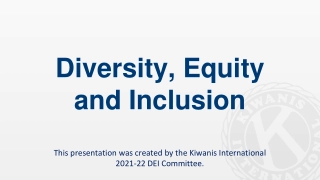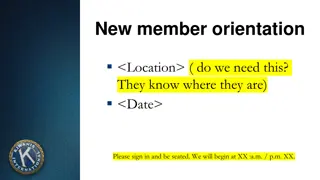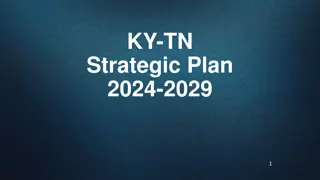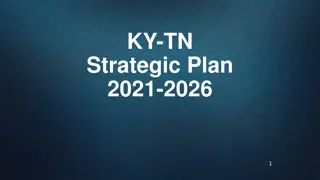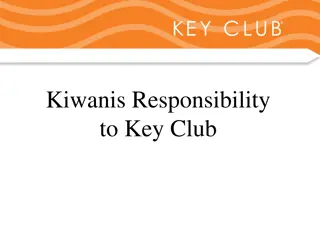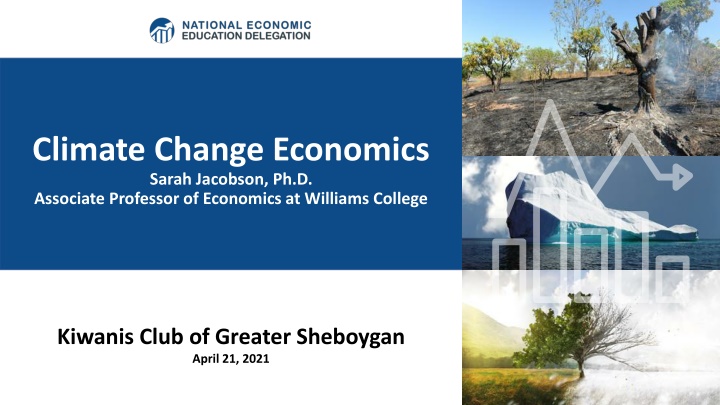
The Economics of Climate Change
Explore the intricate relationship between economics and climate change, covering topics such as reducing emissions, climate change policy, and policy implementation. Gain insights into the economic implications of addressing climate change from esteemed experts in the field.
Download Presentation

Please find below an Image/Link to download the presentation.
The content on the website is provided AS IS for your information and personal use only. It may not be sold, licensed, or shared on other websites without obtaining consent from the author. If you encounter any issues during the download, it is possible that the publisher has removed the file from their server.
You are allowed to download the files provided on this website for personal or commercial use, subject to the condition that they are used lawfully. All files are the property of their respective owners.
The content on the website is provided AS IS for your information and personal use only. It may not be sold, licensed, or shared on other websites without obtaining consent from the author.
E N D
Presentation Transcript
Climate Change Economics Sarah Jacobson, Ph.D. Associate Professor of Economics at Williams College Kiwanis Club of Greater Sheboygan April 21, 2021
National Economic Education Delegation Vision - One day, the public discussion of policy issues will be grounded in an accurate perception of the underlying economic principles and data. Mission - NEED unites the skills and knowledge of a vast network of professional economists to promote understanding of the economics of policy issues in the United States. NEED Presentations - Are nonpartisan and intended to reflect the consensus of the economics profession. 2
Who Are We? Honorary Board: 48 members - 2 Fed Chairs: Janet Yellen, Ben Bernanke - 6 Chairs Council of Economic Advisers o Furman (D), Rosen (R), Bernanke (R), Yellen (D), Tyson (D), Goolsbee (D) - 3 Nobel Prize Winners o Akerlof, Smith, Maskin Delegates: 500+ members - At all levels of academia and some in government service - All have a Ph.D. in economics - Crowdsource slide decks - Give presentations Global Partners: 45 Ph.D. Economists - Aid in slide deck development 3
Available NEED Topics Include: US Economy COVID-19 Economic Inequality Housing Policy Climate Change Federal Budgets US Social Safety Net Federal Debt Trade and Globalization 2017 Tax Law Economic Mobility Autonomous Vehicles Immigration Black-White Wealth Gap 4
Credits and Disclaimer This slide deck was authored by: - Sarah Jacobson, Williams College - Shana McDermott, Trinity University - Sharon Shewmake, Western Washington University This slide deck was reviewed by: - Jason Shogren, University of Wyoming - Walter Thurman, North Carolina State University Disclaimer - NEED presentations are designed to be nonpartisan. - It is, however, inevitable that the presenter will be asked for and will provide their own views. - Such views are those of the presenter and not necessarily those of the National Economic Education Delegation (NEED). 5
Outline Economics of climate change Reducing emissions Climate change policy Policy in action
When Everything Is Simple, No Regulation Is Needed Simple transactions: buyer and seller feel all costs and benefits of sales Efficient number of transactions! 8
When Our Decisions Affect Others, We Need Regulation Pollution causes an EXTERNALITY: a side effect (cost or benefit) that affects someone else - Polluting things have an unfair cost advantage because part of cost is offloaded on others - Too much pollution is generated - Regulation limiting pollution has net benefits The efficient level of pollution balances the costs & benefits of pollution
Atmospheric CO2 Concentrations Projections Source: IPCC data distribution center and climate.gov
W hat Does That Do? Increased temperatures - Sea level rise - Storm surges Altered precipitation patterns More variable weather More / more powerful storms Carbon dissolves in ocean 11
How These Impacts Affect Humans Reduced fresh water availability Wildfires Shifting zones for important ecosystems, and desertification Reduced worker productivity Increased violence Some of these may cause human migration and/or conflict Agriculture Fisheries Coastal damages Direct health effects, including sickness and death (temperature & drought; also pollution) Indirect health effects (vector- borne disease)
Adaptation Reduces Damages Adaptations: costly actions that reduce damages from climate change. - Examples: staying indoors, changing agricultural practices, building seawalls, migration The net cost to society is the cost of adaptation plus the cost of remaining damages. People will take some actions on their own, up to the point where they find it worthwhile. Some responses require government involvement: large-scale actions or actions with shared benefits.
A Climate Change Ladder Emissions Mitigation (a.k.a. Abatement) Adaptation Damages 14
How Economists Decide How Much to Fight Climate Change: Cost Benefit Analysis Abating greenhouse gas emissions is costly but without action, climate change damages are even more costly. Expected costs of reducing emissions Expected damages from allowing climate change Goal is not zero emissions, but efficient level that achieves a balance.
Cost-Benefit Analysis of Fighting Climate Change Most economic models suggest the costs of keeping warming below 2 C are relatively small, amounting to 1-4% of GDP by 2030. Costs of acting to keep warming below 2 C are almost certainly less than future economic damages they would avoid. - Damages estimated to be between: 7 - 20% of worldwide GDP.
Global Net Emissions Are What We Care About For climate impacts, we don t care where they are emitted, only how much - There may be other local impacts Gross emissions (greenhouse gas sources): how much greenhouse gases (incl. CO2) we put out Greenhouse gas sinks: ways to pull CO2 out of the air - Existing: oceans, forests - Increase sinkage by planting trees, or other measures
Total U.S. Greenhouse Gas Emissions by Economic Sector in 2016
Policies That Reduce Emissions Directly Command and control regulation - Emissions standards or limits (e.g., Clean Water Act discharge limits) - Tech standards (e.g., require scrubbers on power plants) Incentive-based policies - Putting a price on emissions leveling the playing field! o Tax or cap & trade o Subsidizing green energy (e.g., feed-in tariffs) 22
Command and Control vs. Incentive-Based Regulation Efficiency - Both can achieve the same amount of emissions reduction. - Incentive-based policies can achieve emissions reduction at much lower cost. Equity - Both have regressive impacts (low-income families bear costs that are a larger percent of their incomes). - Cap and trade and carbon tax can generate revenues that can be used to offset the regressivity. - Command and control regulations do not. 23
How Does a Carbon Tax Work? Choose activities to be covered (e.g., electricity sector, all emitters, etc.). Set tax level. - Optimally, it represents the social cost of polluting. Polluters must pay a tax for every unit emitted. - Polluters with low abatement costs will abate to avoid the tax - Polluters with high abatement costs will pollute and pay the tax 24
How Does Cap and Trade Work? Choose activities to be covered (e.g., electricity sector, all emitters, etc.). Set maximum emissions level ( cap ). That many pollution permits are issued. - Can be auctioned off or given to polluters Every polluter in a covered sector must have a permit for every unit of pollution. Polluters buy and sell ( trade ) permits on a market as they wish. - Polluters with low abatement costs will make / save money by abating and selling / not buying permits - Polluters with high abatement costs will buy permits and pollute 25
Examples of Other Policies that Reduce Emissions R&D subsidies Renewable energy mandates (e.g., renewable portfolio standards) Energy efficiency mandates and subsidies (e.g. CAFE fuel economy standards) Grid / infrastructure improvements Public transportation Land use / zoning policies
Incentive-Based Climate Policies Right Now Source: World Bank Carbon - Pricing Dashboard
Californias Cap and Trade System: 2012+ 0.7% of global greenhouse gas emissions
Californias AB32: Global Warming Solutions California s goals: - Reduce emissions to 1990 levels by 2020 - An 80% reduction in emissions from 1990 levels by 2030 California s Tools: - Cap and Trade - Renewable Portfolio Standard - Clean Cars Program - Low Carbon Fuel Standard
Change in California GDP, Population, and GHG Emissions since 2000 Cap & Trade ->
Summary Climate change is real, is caused by human actions, and has impacts we re already feeling. This problem won t solve itself; we need policy intervention, and fast. Smart policy can reduce greenhouse gas emissions by the right amount and at the lowest possible cost. - For example, cap and trade and emissions taxes! We also need policies to help with adaptation and support those bearing the greatest damages.
Thank you! Questions? www.NEEDelegation.org Sarah Jacobson saj2@williams.edu Contact NEED: Info@NEEDelegation.org Submit a testimonial: www.NEEDelegation.org/testimonials.php 34

